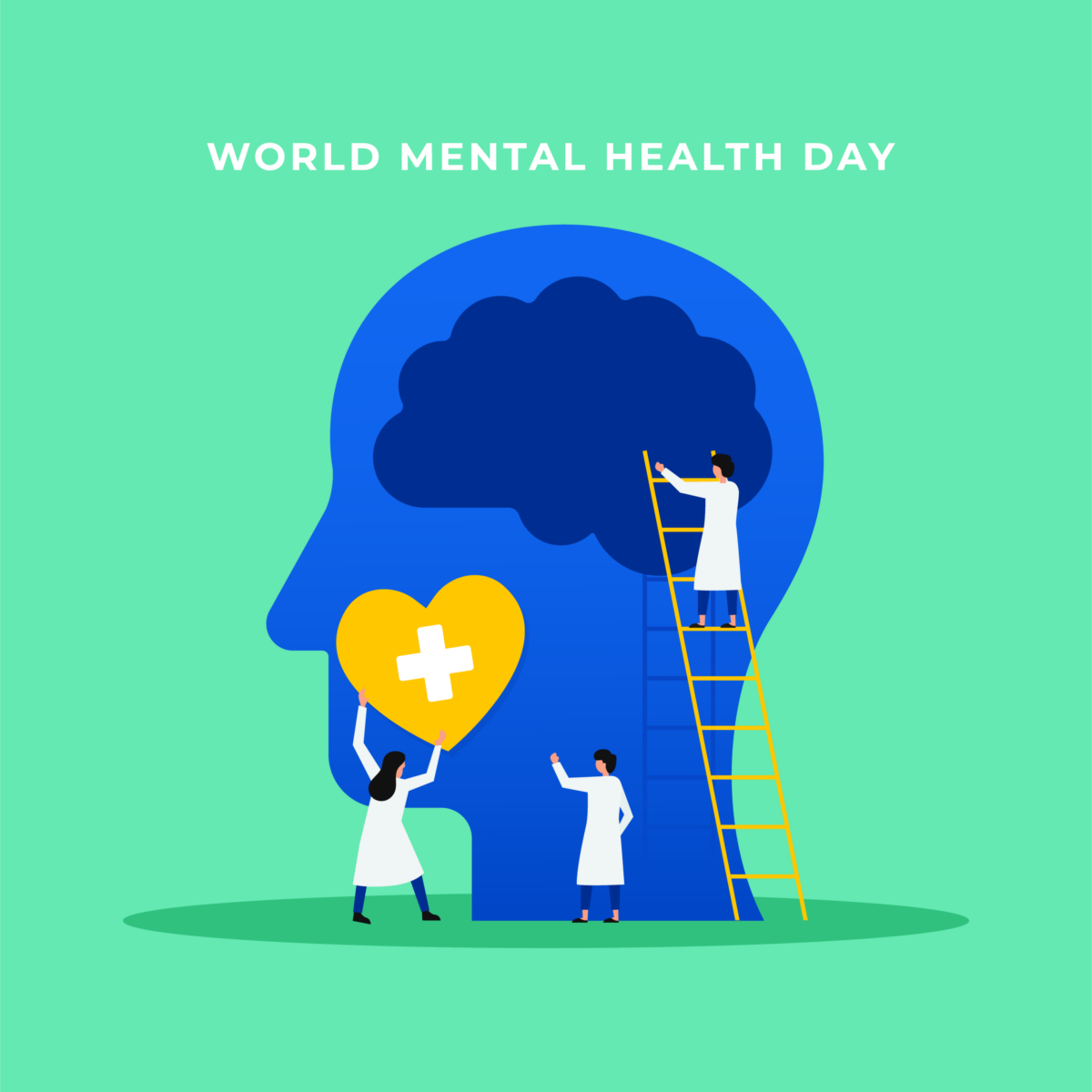Today, October 10, is World Mental Health Day, a time to recognize that globally, about one in eight people are living with a mental health issue. In the years following the start of the COVID-19 pandemic, mental health professionals are seeing a sharp increase in cases concerning severe mood and anxiety disorders. The World Health Organization estimates a 25 percent increase in anxiety and depressive disorders in the first year of the pandemic alone.
This rise in mood and anxiety disorders is especially alarming among adolescents ages 13 to 19, a vulnerable population that is uniquely at risk for developing co-occurring disorders. Dr. David Gennis, Clinical Psychologist and Regional Operations Director for Moriah Behavioral Health says many adolescents begin to feel overwhelmed by their school and recreational activities, especially early in the school year. Coping skills and techniques can help prevent those feelings from developing into mood and co-occurring disorders.
“Deep breathing and Mindfulness exercises, time management and sleep hygiene are all techniques that we can practice at any age, but are especially critical for adolescents as they navigate into adulthood,” Dr. Gennis said. “Depression and anxiety come from a perceived loss of control, and we can show adolescents ways to regain that control and manage their response to stressors,‘ he said.
The rise in eating disorders is one of the most deadly mental health issues to surface during the COVID pandemic. According to CDC data, the proportion of pediatric emergency department visits among teen girls with eating disorders doubled during the pandemic.
Clinicians at Moriah Behavioral Health say that while stress, anxiety, depression, trauma, and genetic predisposition are major contributors to eating disorders, the good news is that with proper treatment and behavioral modification, eating disorders and related mood and anxiety disorders are 100 percent treatable. The key to intervention is knowing what to look for, and when to seek treatment from an eating disorder professional.
“Many people think that eating disorders are easy to spot because they assume that they are looking primarily for physical signs, like a severe drop in weight,” said Dr. Julia Kannard, Program Director of adolescent residential services at Moriah Behavioral Health. “Surprisingly, many people with eating disorders are not medically diagnosed as ‘underweight’ and live in ‘average-sized bodies.’ Eating disorders also thrive in secrecy, so individuals become adept at circumventing questions or concerns from loved ones. Although anyone can be at risk for developing an eating disorder, some of the more at-risk populations we see include athletes, teens and young adults, and individuals in the LGBTQ+ community,” she said.
Common signs of an eating disorder include refusal to eat certain foods or entire categories of food, restriction of food consumption resulting in not meeting one’s daily intake needs, behaviors to try to expel consumed food to prevent weight gain (such as purging, laxative abuse, and excessive exercise), in a short amount of time – discreetly eating an amount of food that is significantly larger than what most individuals would consume in similar circumstances, disturbance with body image, intense fear of weight gain, preoccupation with food, dizziness, disruptions to sleep, and loss of concentration. Other signs may include self-isolation, a withdrawal from daily activities, engaging in substance use, self-harming behaviors, or suicidal thoughts or behaviors. The best way to identify a mood/anxiety disorder or emerging eating disorder is to seek an assessment from a mental health clinician.
